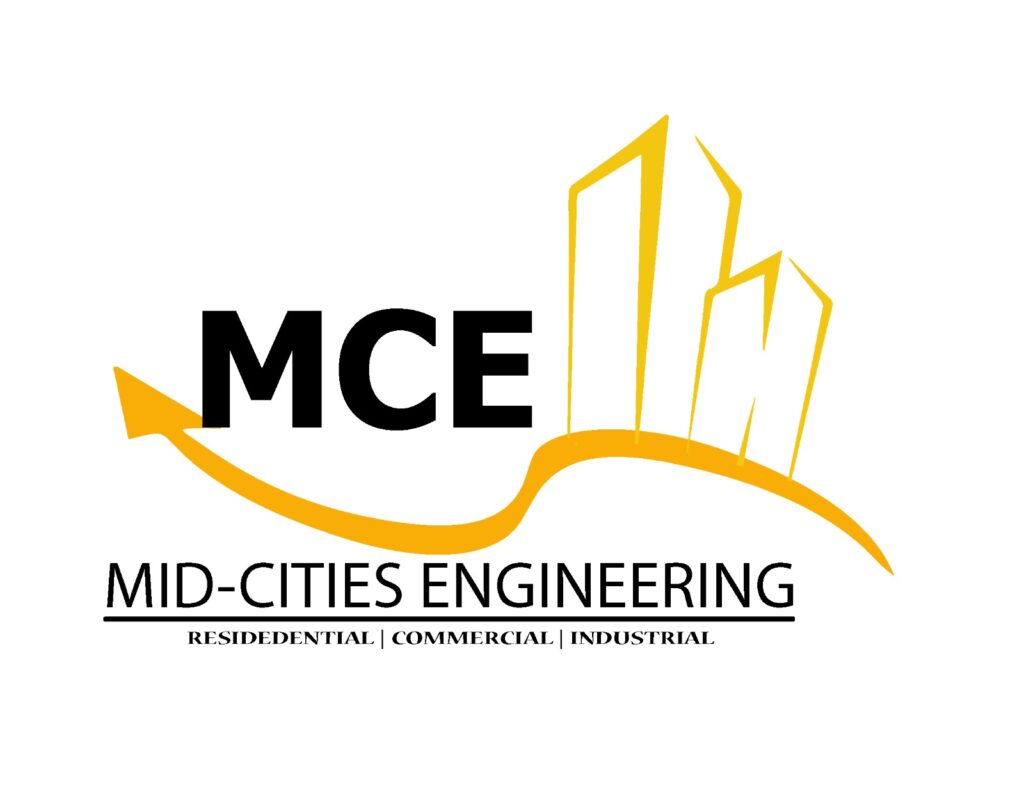Seismic Analysis & Refitting
Seismic Analysis & Refitting
Seismic analysis and retrofitting are critical components of structural engineering aimed at assessing and enhancing the earthquake resistance of buildings and infrastructure. Earthquakes pose a significant threat to structures, and seismic analysis involves evaluating their response to seismic forces. Retrofitting, on the other hand, involves modifying existing structures to improve their seismic performance. Together, these practices contribute to creating earthquake-resistant structures capable of withstanding ground motion and minimizing potential damage.
objectives of Seismic Analysis & Refitting
Assessment of Seismic Hazard: Evaluate the seismic hazard at the project site, considering historical seismic activity, fault lines, and geological conditions.
Dynamic Structural Analysis: Analyze the dynamic response of structures to simulated earthquake scenarios, considering factors like building materials, structural systems, and damping mechanisms.
Adherence to Seismic Design Codes: Ensure compliance with seismic design codes and standards established by regulatory bodies.
Seismic Analysis & Retrofitting: Enhancing Structural Resilience in Seismic Zones
Seismic analysis and retrofitting are critical components of structural engineering aimed at assessing and enhancing the seismic performance of buildings and infrastructure in regions prone to earthquakes. The goal is to minimize the impact of seismic forces on structures, ensuring the safety of occupants and preserving the integrity of buildings.
Advantages of Seismic Analysis & Refitting
- Improves a structure's ability to withstand seismic forces, minimizing damage and ensuring resilience during earthquakes.
- Reduces the risk of injuries or fatalities by ensuring that structures remain stable and safe for occupants.
- Reduces repair and reconstruction costs, as well as potential economic losses due to business interruptions and downtime.
- Maximizes the use of existing structures, reducing the need for new construction and its associated environmental impact.

